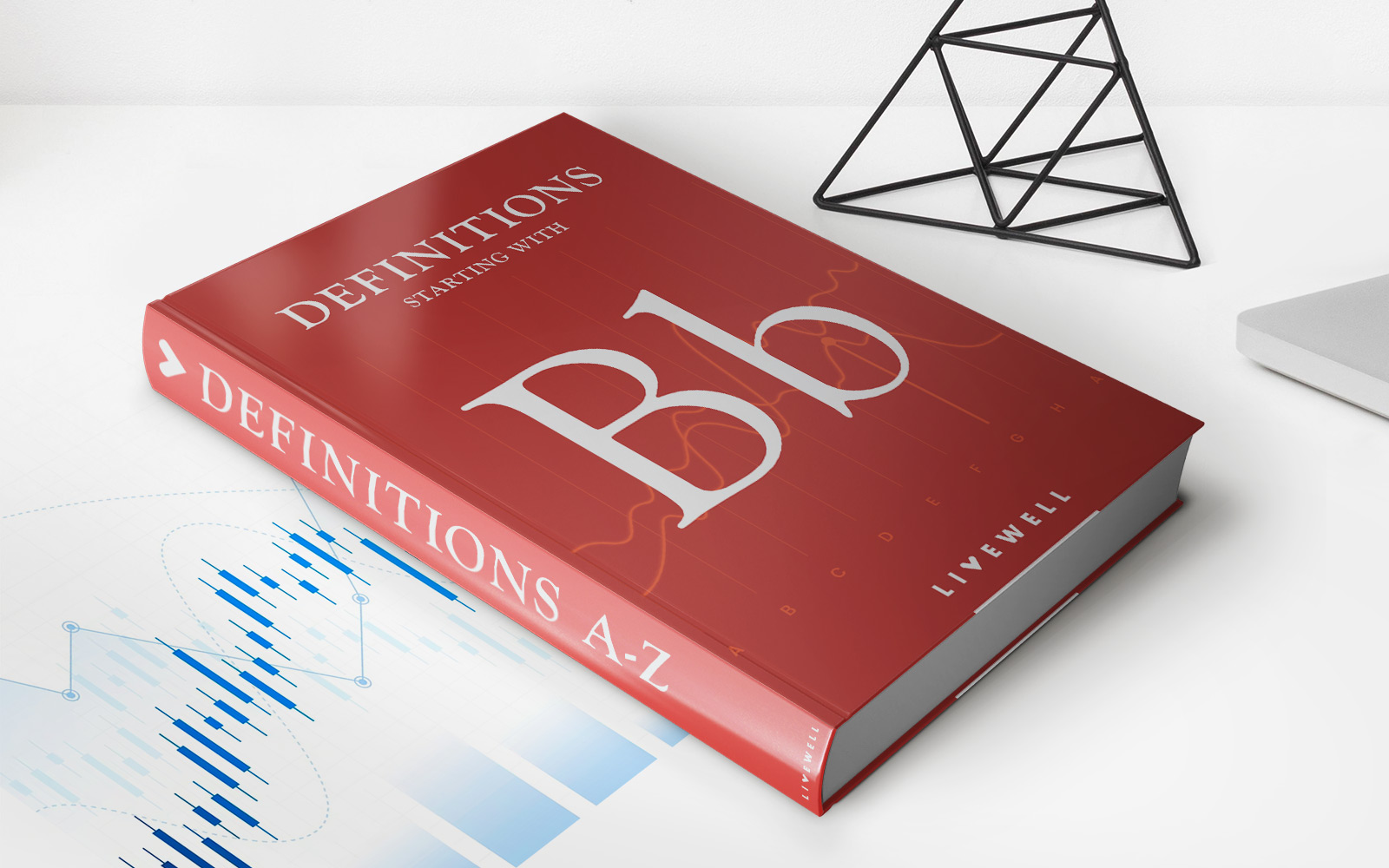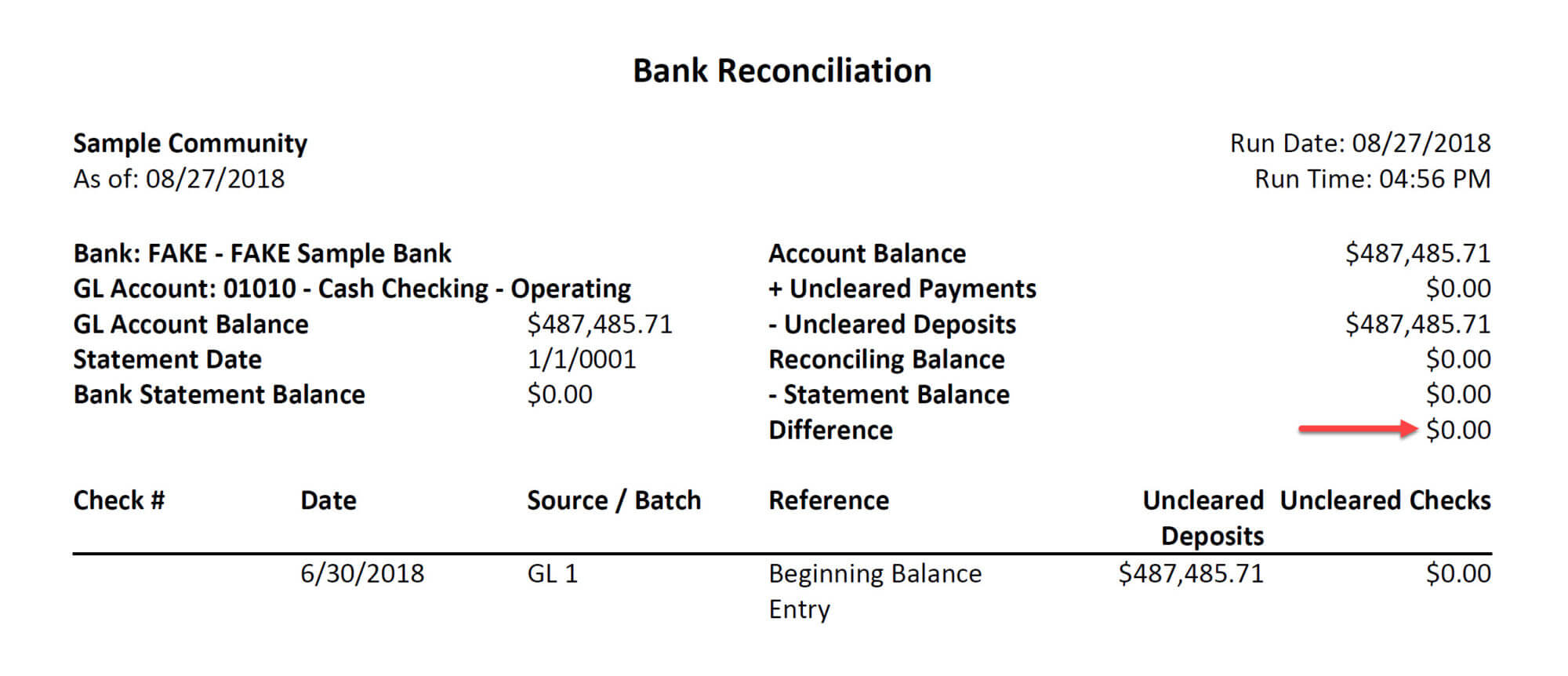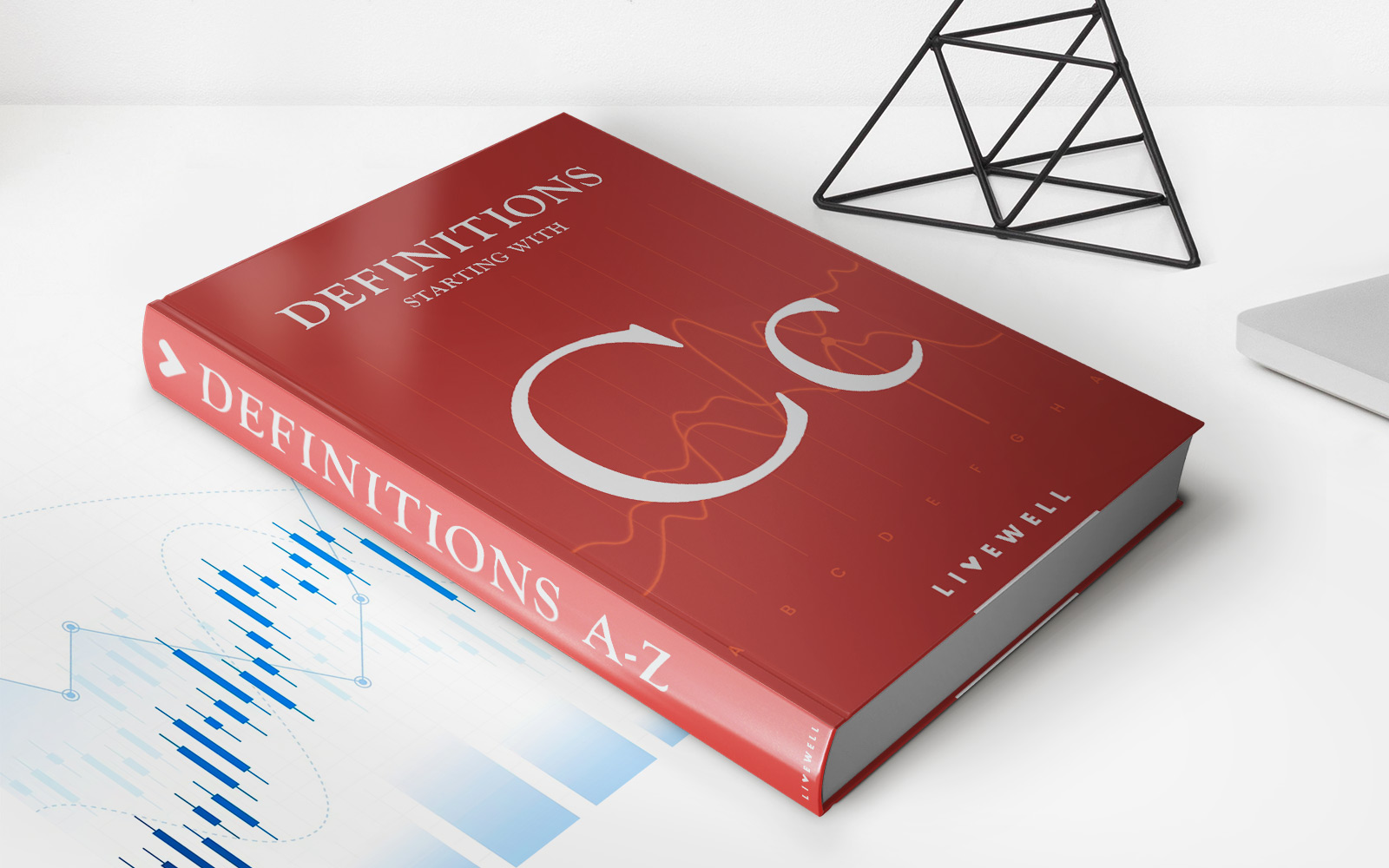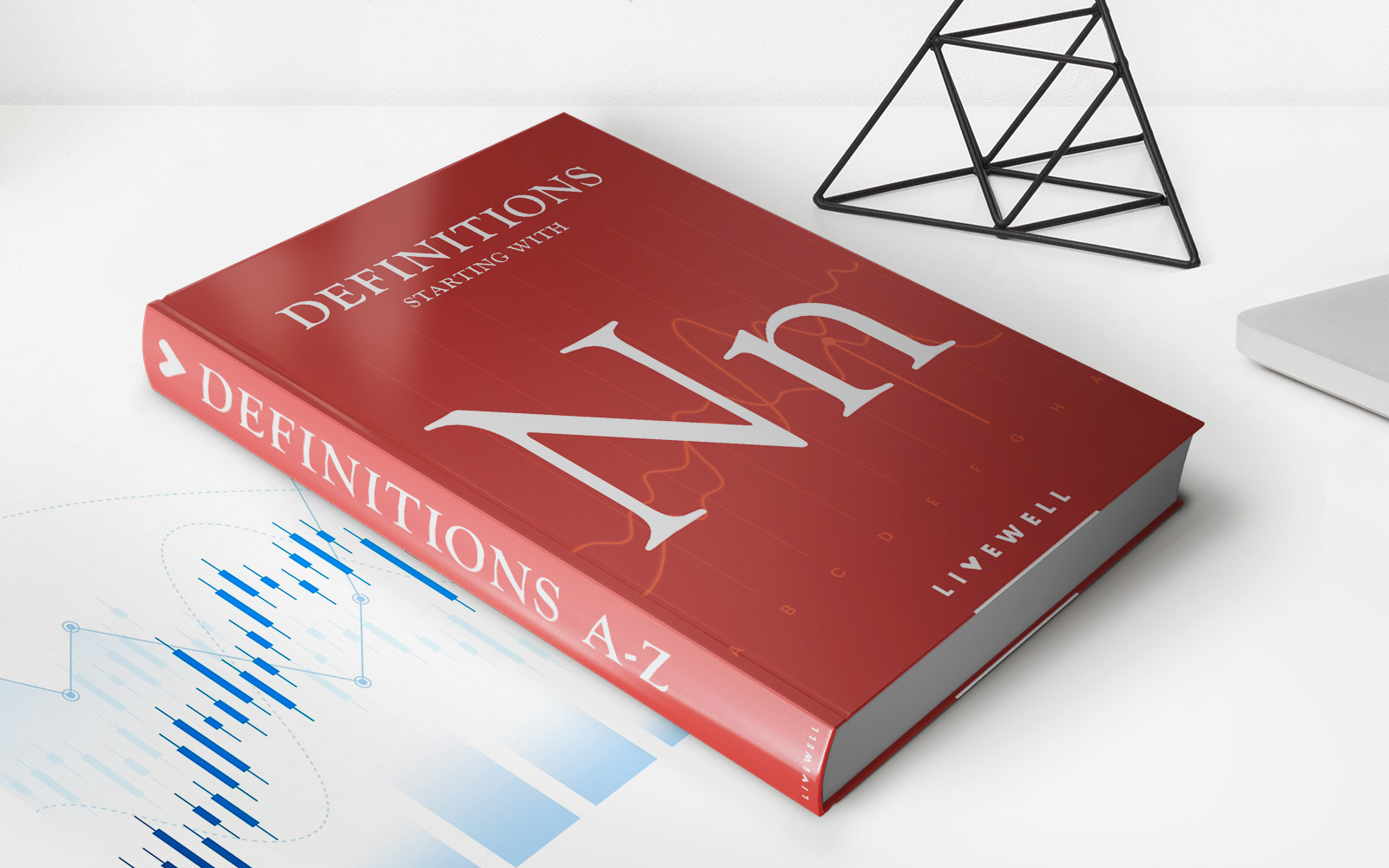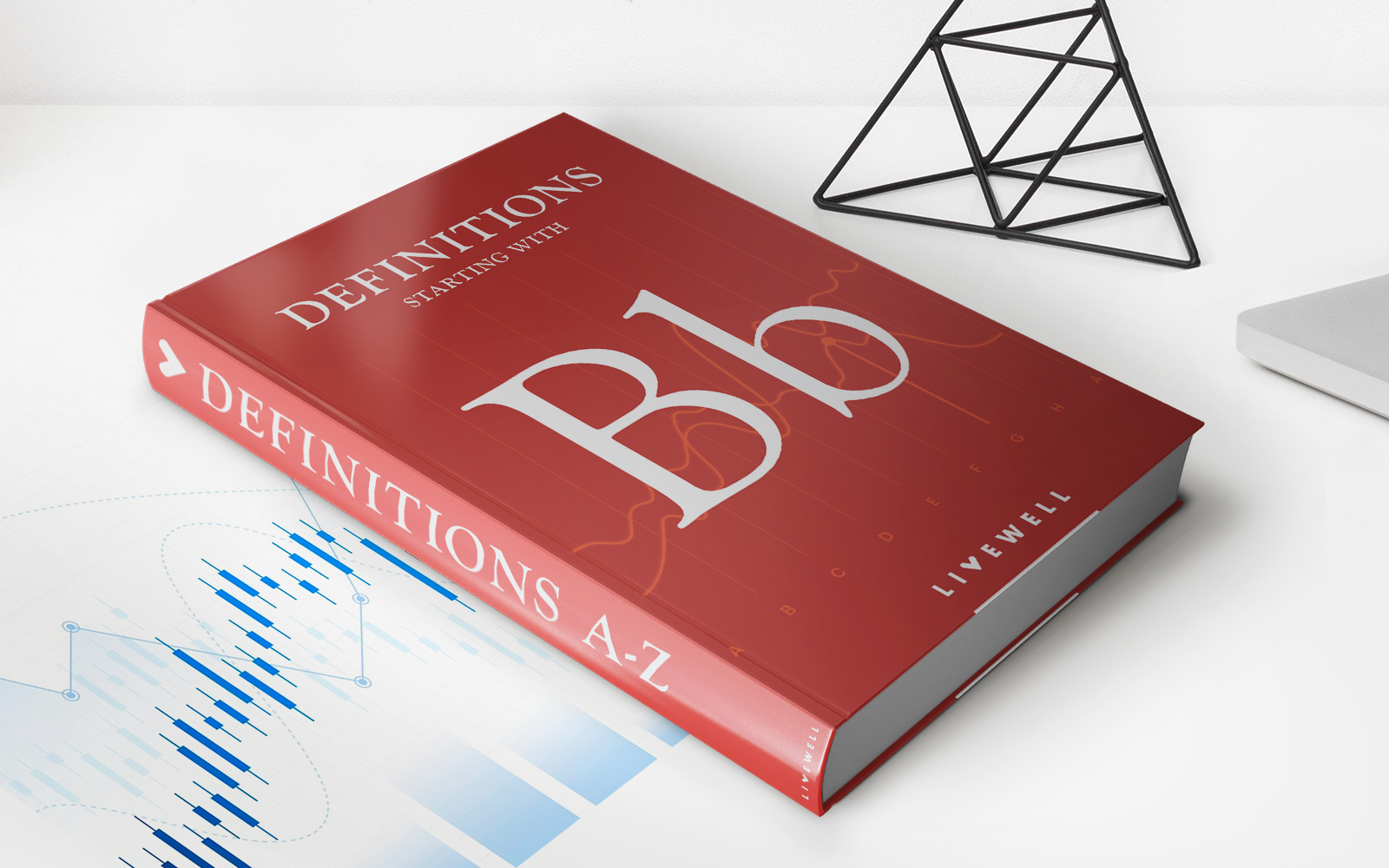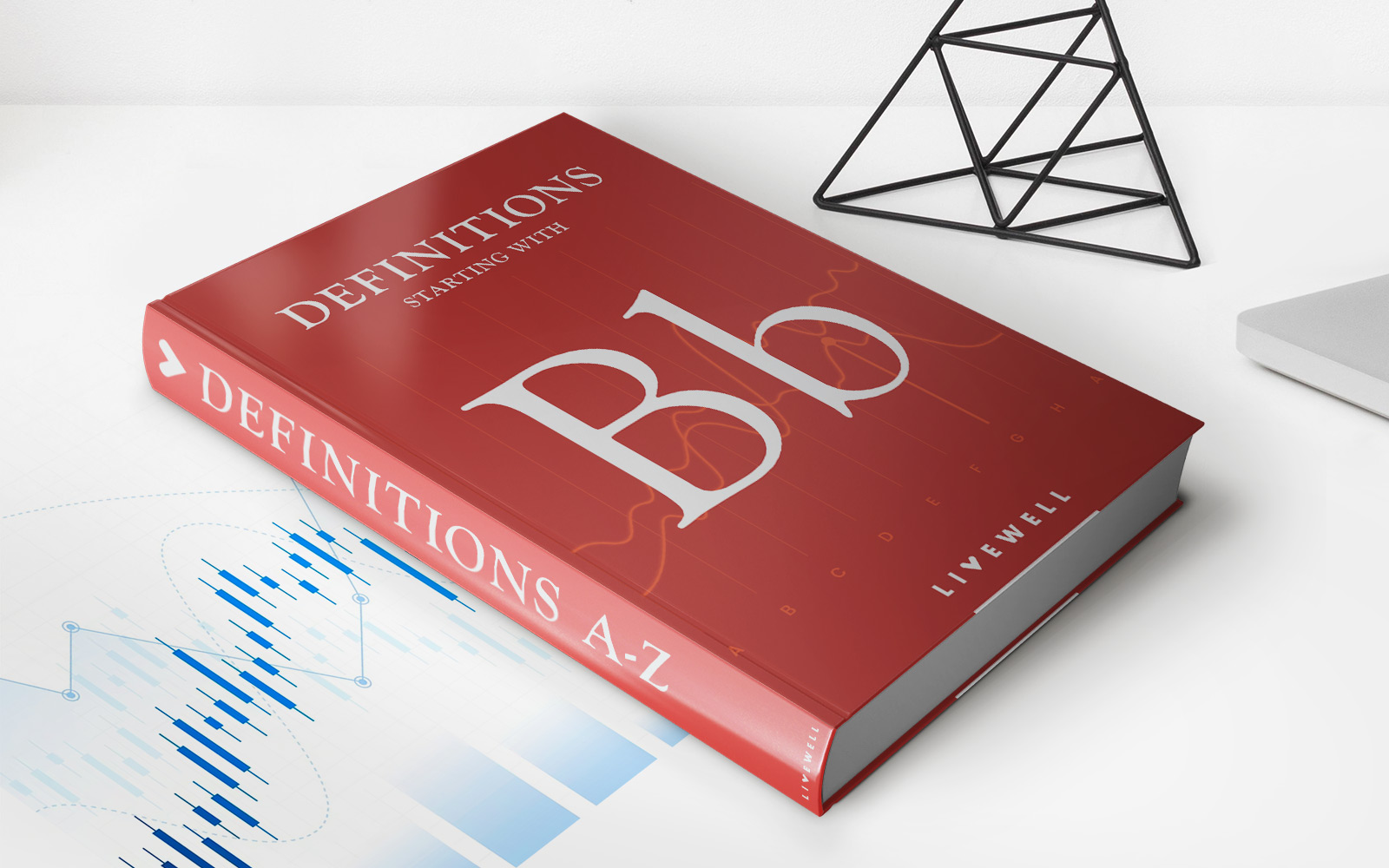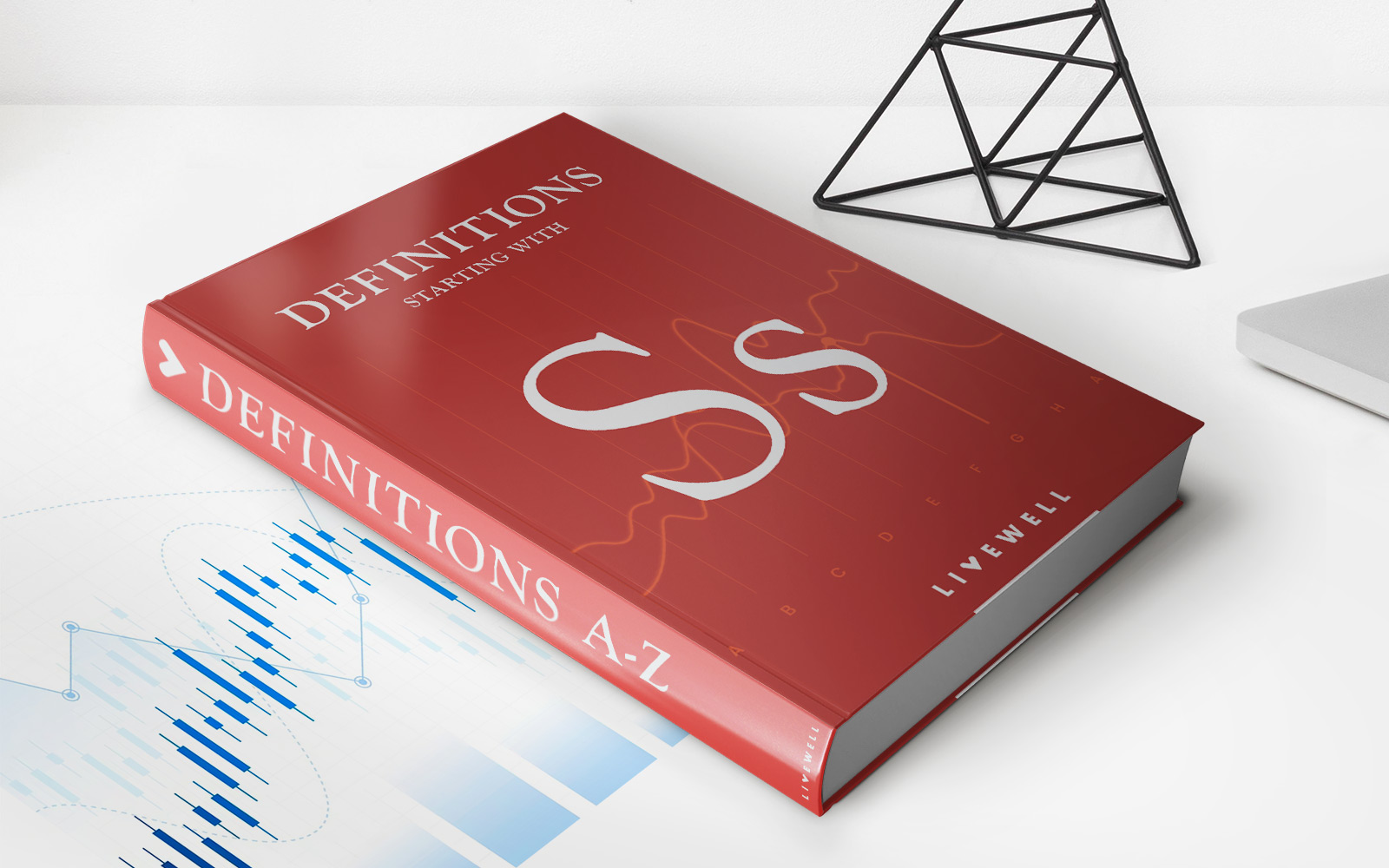Home>Finance>How To Read Credit Card Statement Balance Charges


Finance
How To Read Credit Card Statement Balance Charges
Published: March 2, 2024
Learn how to understand and manage your credit card statement balance charges with our comprehensive finance guide. Master your finances today!
(Many of the links in this article redirect to a specific reviewed product. Your purchase of these products through affiliate links helps to generate commission for LiveWell, at no extra cost. Learn more)
Table of Contents
**
Introduction
**
Understanding how to read and interpret a credit card statement is essential for managing personal finances effectively. A credit card statement contains crucial information that can help cardholders comprehend their spending habits, track their expenses, and identify any potential errors or unauthorized charges. Moreover, being able to decipher the various components of a credit card statement, such as balance charges, interest fees, and penalties, empowers individuals to make informed decisions about their financial activities.
By gaining a comprehensive understanding of their credit card statements, individuals can take control of their financial well-being, avoid unnecessary fees, and optimize their payment strategies. In this article, we will delve into the intricacies of credit card statements, focusing on how to identify and comprehend balance charges, interest fees, and other pertinent details. By the end of this guide, readers will be equipped with the knowledge and confidence to navigate their credit card statements with ease and precision.
Let's embark on this enlightening journey to unravel the mysteries of credit card statements and empower ourselves with the knowledge needed to make sound financial decisions.
**
Understanding the Credit Card Statement
**
Before delving into the specifics of balance charges and other essential elements, it’s crucial to grasp the overall structure and content of a credit card statement. Typically issued on a monthly basis, a credit card statement provides a comprehensive summary of the cardholder’s account activity during a specific billing cycle. It includes details such as the opening and closing balances, transactions, payments, credits, fees, and interest charges.
Key components of a credit card statement:
- Account Summary: This section outlines the previous balance, payments, credits, purchases, balance transfers, cash advances, and the current balance. It provides a snapshot of the account’s financial activity during the billing cycle.
- Transaction Details: Here, all transactions made using the credit card are listed, including the date, description of the transaction, merchant name, and the amount charged.
- Payment Information: This area highlights the minimum payment due, the due date, and any late payment fees incurred.
- Interest and Fees Summary: It outlines the interest charges, annual fees, late payment fees, and other penalties incurred during the billing cycle.
- Rewards Summary: For cards with rewards programs, this section details the accumulated rewards points or cashback earned during the billing cycle.
Understanding the layout and content of a credit card statement provides the foundation for comprehending the subsequent sections, particularly when it comes to identifying and interpreting balance charges, interest fees, and other financial implications. With this knowledge in place, individuals can navigate their statements with confidence, ensuring that they are fully aware of their financial standing and equipped to make informed decisions.
**
Identifying Balance Charges
**
Balance charges on a credit card statement refer to the interest accrued on any outstanding balances from the previous billing cycle. It’s crucial for cardholders to identify and understand these charges, as they directly impact the overall amount owed and the cost of carrying a balance on the card. Typically, credit card issuers calculate interest on the average daily balance, taking into account new purchases, payments, and any promotional balance transfer or cash advance transactions.
Identifying balance charges involves reviewing the interest rate applied to the outstanding balance and the method used to calculate the interest. The Annual Percentage Rate (APR) dictates the interest rate, and it can vary based on the type of transaction (purchases, cash advances, balance transfers) and the cardholder’s creditworthiness. It’s essential to locate the APR information on the credit card statement to understand the basis for the interest charges.
Cardholders can identify balance charges by locating the “Interest Charged” or “Finance Charge” section on the credit card statement. This section outlines the total interest accrued during the billing cycle and provides a breakdown of how the interest was calculated. Understanding the calculation method, whether it’s based on the average daily balance or another approach, sheds light on the specific factors influencing the interest charges.
Moreover, reviewing the “Interest Charged” section enables cardholders to track the impact of their payment behavior on the interest accrued. By analyzing how the interest charges fluctuate in response to varying payment amounts or frequencies, individuals can gain insights into the effectiveness of their repayment strategies and make informed decisions about managing their balances.
By identifying and comprehending balance charges, individuals can proactively assess the cost of carrying a balance on their credit cards and explore strategies to minimize interest expenses. This knowledge empowers cardholders to make informed decisions about managing their balances, prioritizing repayments, and potentially exploring options to reduce the overall interest burden.
**
Reviewing Interest Charges
**
Reviewing interest charges on a credit card statement is a critical aspect of understanding the financial implications of carrying a balance. Interest charges represent the cost of borrowing and can significantly impact the total amount owed if not managed effectively. By carefully examining the interest charges section of the statement, cardholders can gain insights into their borrowing costs, repayment patterns, and the overall impact on their financial well-being.
When reviewing interest charges, it’s essential to consider the following key elements:
- Interest Rate: The credit card statement provides details about the Annual Percentage Rate (APR) applicable to the account. Cardholders should identify the specific interest rates for different types of transactions, such as purchases, cash advances, and balance transfers. Understanding these rates is crucial for assessing the cost of carrying a balance and making informed decisions about repayment strategies.
- Accrued Interest: The statement outlines the total interest charged during the billing cycle, shedding light on the cumulative cost of carrying a balance. By reviewing this figure, cardholders can gauge the financial impact of maintaining outstanding balances and prioritize repayment efforts accordingly.
- Interest Calculation Method: Credit card issuers use various methods to calculate interest, such as the average daily balance or the daily periodic rate. Understanding the specific calculation method employed by the issuer allows cardholders to comprehend how interest accrues and explore ways to minimize these charges.
- Payment Impact: By comparing the interest charges across different billing cycles, cardholders can assess the impact of their payment behavior on the overall interest accrued. This analysis enables individuals to evaluate the effectiveness of their repayment strategies and make adjustments to minimize interest costs.
Furthermore, reviewing interest charges provides an opportunity for cardholders to assess the feasibility of consolidating balances, leveraging promotional APR offers, or exploring alternative repayment options to mitigate interest expenses. By gaining a comprehensive understanding of the interest charges outlined in the statement, individuals can make informed decisions about managing their balances and optimizing their repayment approach.
Ultimately, reviewing interest charges empowers cardholders to take proactive steps in minimizing the cost of carrying a balance, optimizing their repayment strategies, and working towards financial stability.
**
Analyzing Fees and Penalties
**
Aside from balance charges and interest fees, credit card statements often include a breakdown of various fees and penalties that can impact the cardholder’s financial obligations. Understanding these fees and penalties is crucial for maintaining financial discipline and avoiding unnecessary expenses. By analyzing this section of the statement, cardholders can identify potential areas of concern, rectify any issues, and make informed decisions to minimize additional costs.
Key fees and penalties to analyze on a credit card statement include:
- Annual Fees: Some credit cards carry an annual fee, which is typically charged once a year for the benefits and features associated with the card. Reviewing the statement for annual fee charges allows cardholders to assess the value derived from the card and consider whether the benefits justify the cost.
- Late Payment Fees: If a payment is made after the due date, the statement will reflect a late payment fee. Analyzing this charge prompts cardholders to prioritize timely payments and avoid unnecessary penalties.
- Overlimit Fees: If the account balance exceeds the approved credit limit, an overlimit fee may be imposed. Reviewing the statement for overlimit fees alerts cardholders to monitor their spending and stay within the prescribed credit limit.
- Foreign Transaction Fees: For transactions conducted in foreign currencies or outside the card’s country of issue, foreign transaction fees may apply. Analyzing these fees ensures that cardholders are aware of the costs associated with international transactions.
- Other Penalties: The statement may detail other penalties, such as returned payment fees or account maintenance fees. By identifying these charges, cardholders can address any issues that led to these penalties and take measures to prevent them in the future.
By scrutinizing the fees and penalties section of the statement, cardholders can assess their financial habits, identify areas for improvement, and take proactive steps to avoid unnecessary expenses. This analysis empowers individuals to maintain financial discipline, prioritize responsible spending, and optimize their overall financial well-being.
Furthermore, understanding the implications of these fees and penalties enables cardholders to make informed decisions about their card usage, payment behavior, and overall financial management. By staying vigilant and proactive in analyzing fees and penalties, individuals can minimize avoidable costs and maximize the value derived from their credit cards.
**
Monitoring Payment Allocations
**
Monitoring payment allocations on a credit card statement is crucial for understanding how payments are applied to different balances and transactions. Cardholders can gain valuable insights into how their payments are distributed across various components, such as interest-bearing balances, promotional balances, and regular purchases. By comprehending the payment allocation methodology, individuals can optimize their repayment strategies and ensure that their payments align with their financial goals.
Key aspects to consider when monitoring payment allocations:
- Payment Application: The statement provides transparency regarding how payments are allocated across different balances. Understanding whether payments are applied to the highest interest balances first or distributed evenly among various balances allows cardholders to strategically manage their outstanding debts.
- Promotional Balances: If the card includes promotional offers, such as 0% APR balance transfers or deferred interest plans, monitoring how payments are allocated to these balances is essential. This knowledge enables individuals to maximize the benefits of promotional offers and allocate payments effectively to minimize interest costs.
- Interest-Bearing Balances: For accounts with multiple types of balances, such as purchases, cash advances, or balance transfers, tracking how payments are allocated to these categories provides clarity on the impact of payments on interest charges and overall debt reduction.
- Impact on Interest Charges: By analyzing payment allocations, cardholders can assess how their repayment behavior influences the overall interest charges. Understanding the correlation between payment allocation and interest costs empowers individuals to tailor their repayment strategies to minimize interest expenses.
Moreover, monitoring payment allocations allows cardholders to proactively manage their outstanding balances, leverage promotional offers effectively, and prioritize repayments based on their financial objectives. This knowledge equips individuals to make informed decisions about their payment allocations, ensuring that their payments align with their financial priorities and contribute to long-term financial stability.
By staying vigilant and informed about payment allocations, cardholders can optimize their repayment strategies, reduce interest costs, and work towards achieving a healthier financial position. This level of awareness and proactive management of payment allocations empowers individuals to take control of their financial well-being and make meaningful progress towards debt reduction and financial freedom.
**
Conclusion
**
Mastering the art of reading and comprehending credit card statements is a fundamental skill for individuals seeking to take charge of their financial health. By gaining a thorough understanding of the various components of a credit card statement, including balance charges, interest fees, fees, penalties, and payment allocations, cardholders can make informed decisions, optimize their repayment strategies, and work towards financial stability.
Empowered with the knowledge of how to identify and interpret balance charges, individuals can proactively assess the cost of carrying a balance on their credit cards and explore strategies to minimize interest expenses. This understanding enables cardholders to make informed decisions about managing their balances, prioritizing repayments, and potentially exploring options to reduce the overall interest burden.
Furthermore, reviewing interest charges provides an opportunity for cardholders to assess the feasibility of consolidating balances, leveraging promotional APR offers, or exploring alternative repayment options to mitigate interest expenses. By gaining a comprehensive understanding of the interest charges outlined in the statement, individuals can make informed decisions about managing their balances and optimizing their repayment approach.
Analyzing fees and penalties empowers individuals to maintain financial discipline, prioritize responsible spending, and optimize their overall financial well-being. By staying vigilant and proactive in analyzing fees and penalties, individuals can minimize avoidable costs and maximize the value derived from their credit cards.
Monitoring payment allocations allows cardholders to optimize their repayment strategies, reduce interest costs, and work towards achieving a healthier financial position. This level of awareness and proactive management of payment allocations empowers individuals to take control of their financial well-being and make meaningful progress towards debt reduction and financial freedom.
In conclusion, a comprehensive understanding of credit card statements equips individuals with the knowledge and confidence to navigate their financial obligations, make informed decisions, and progress towards their financial goals. By embracing financial literacy and actively engaging with their credit card statements, individuals can pave the way for a more secure and prosperous financial future.




